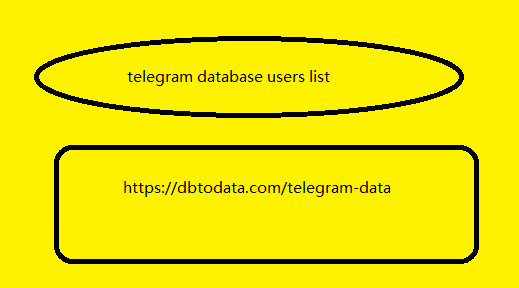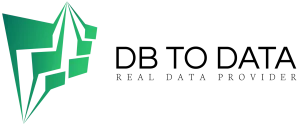Account 131 (TK131) – Accounts receivable from customers – what is the account used for? How to account for account 131? In this article, MISA MeInvoice electronic invoice will provide you with the information you need to know about Account (TK) 131.
Table of Contents Hide
1. Accounting principles for account 131 (TK131) – Customer receivables
2. Structure and content of account 131, customer receivables
3. Accounting method for some main economic transactions of account 131, customer receivables
3.1. When a business sells products, goods or provides services that are not immediately collected in cash – including receivables from export sales of the consignor – the accountant records revenue.
3.2. Accounting for goods returned by customers
3.3. Accounting for trade discounts (CKTM) and sales discounts
3.4. The payment discount (CKTT) that the enterprise india telegram data must pay to the buyer due to the buyer paying for goods before the specified deadline is deducted from the customer’s receivables.
3.5. Enterprises receive money paid by customers (including interest on the debt, if any), receive
advances from customers under contracts for
the sale of goods and provision of services.
3.6. Accounting method applied to workspace this way everyone on receivables of contractors from customers related to construction contracts
3.7. In case the customer does not pay in cash but makes betting data payment in goods (by barter method), the value of the materials and goods received in exchange (calculated according to the reasonable value stated in the VAT Invoice or Sales Invoice of the customer) shall be deducted from the customer’s receivable debt.
3.8. In case the bad debt is really uncollectible, it must be written off, based on the debt writing off record.
3.9. Accounting for receivables for trust fees at the entrusted party of import-export (Import-export)
3.10. When an enterprise. Therefore, Prepares its financial statements (Financial Report), the outstanding receivables of customers in foreign. Therefore, Currency are evaluated at the actual transaction exchange rate at
the time of preparing the financial statements.
3.11. When receiving advance. Therefore, Payment from the buyer in foreign. Therefore, Currency to provide goods, materials, fixed assets or services
3.12. When a business. Therefore, collects receivables from customers in foreign currency
3.13. When an enterprise Therefore, Prepares its Financial Statements (FS), the outstanding receivables from customers are foreign currency items valued. Therefore, At the actual exchange rate (average transfer rate) at the end of the accounting period







